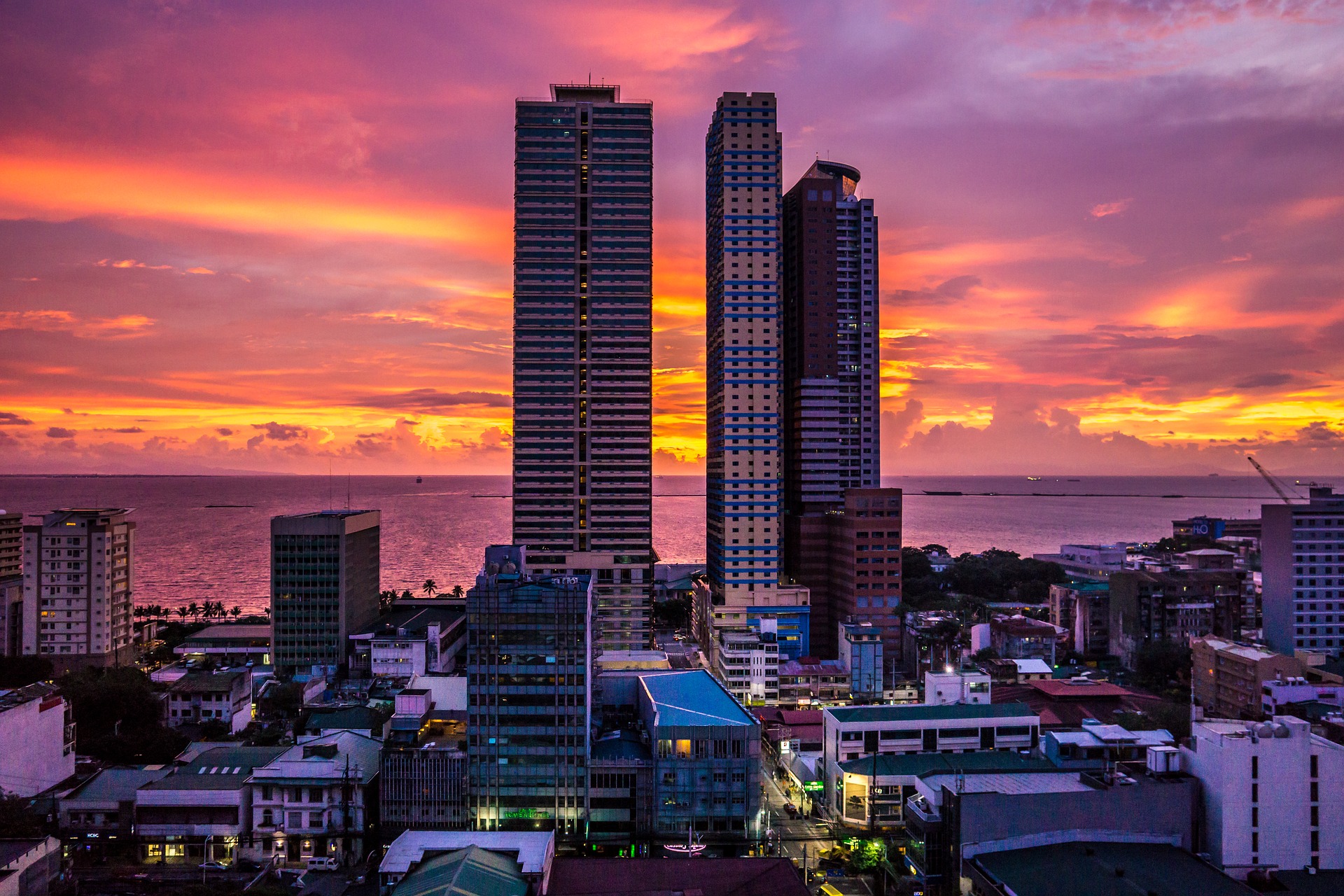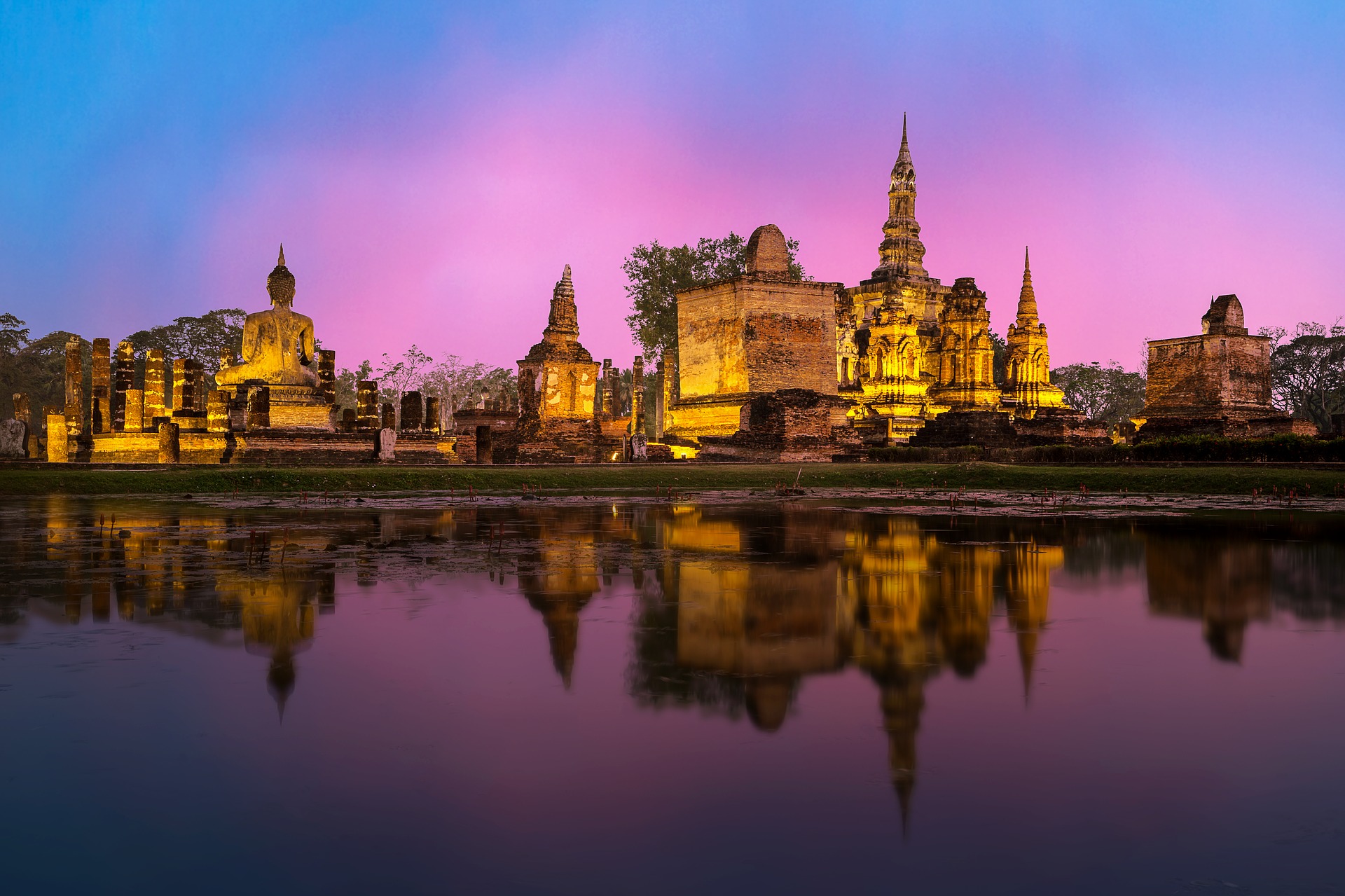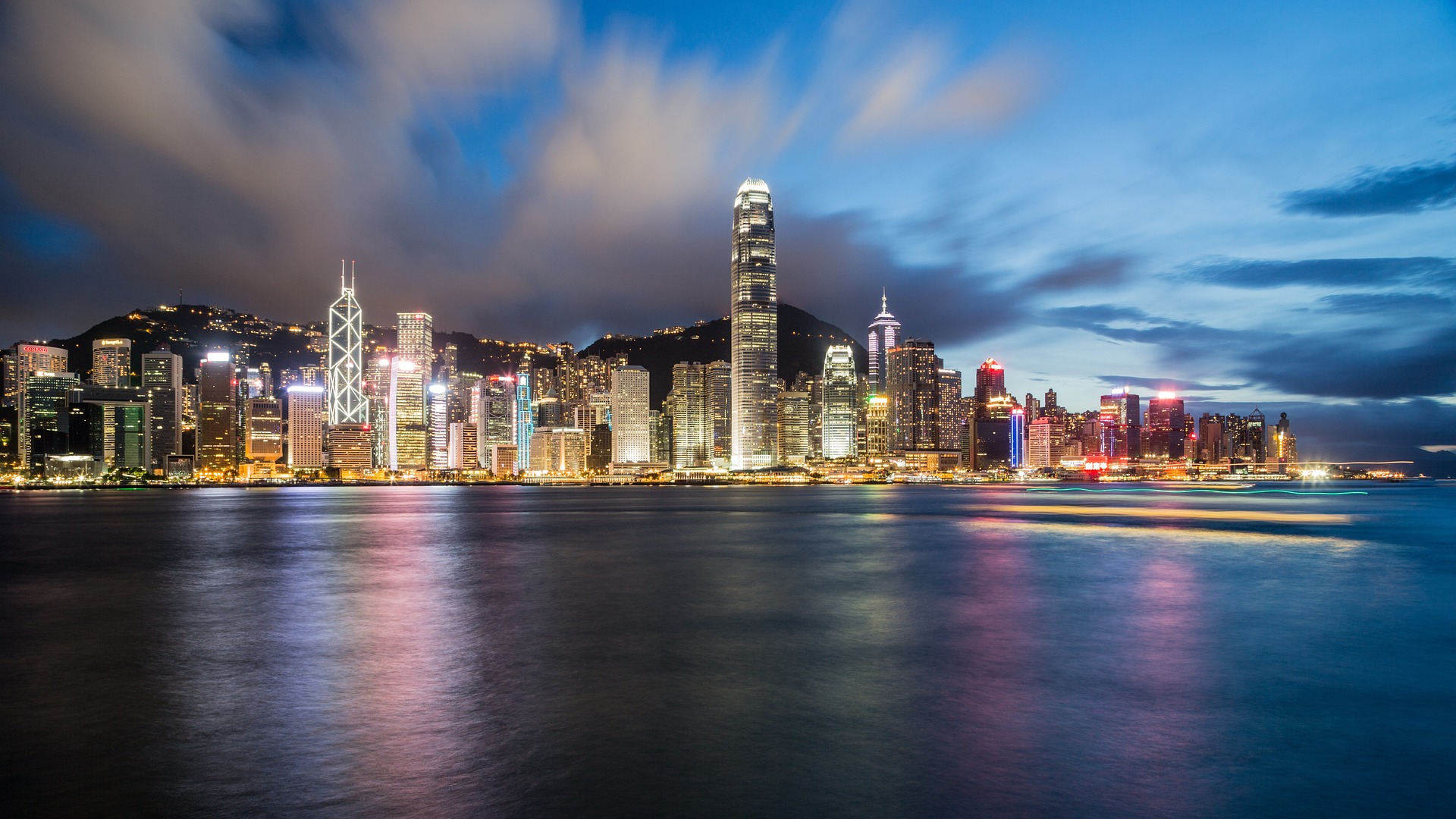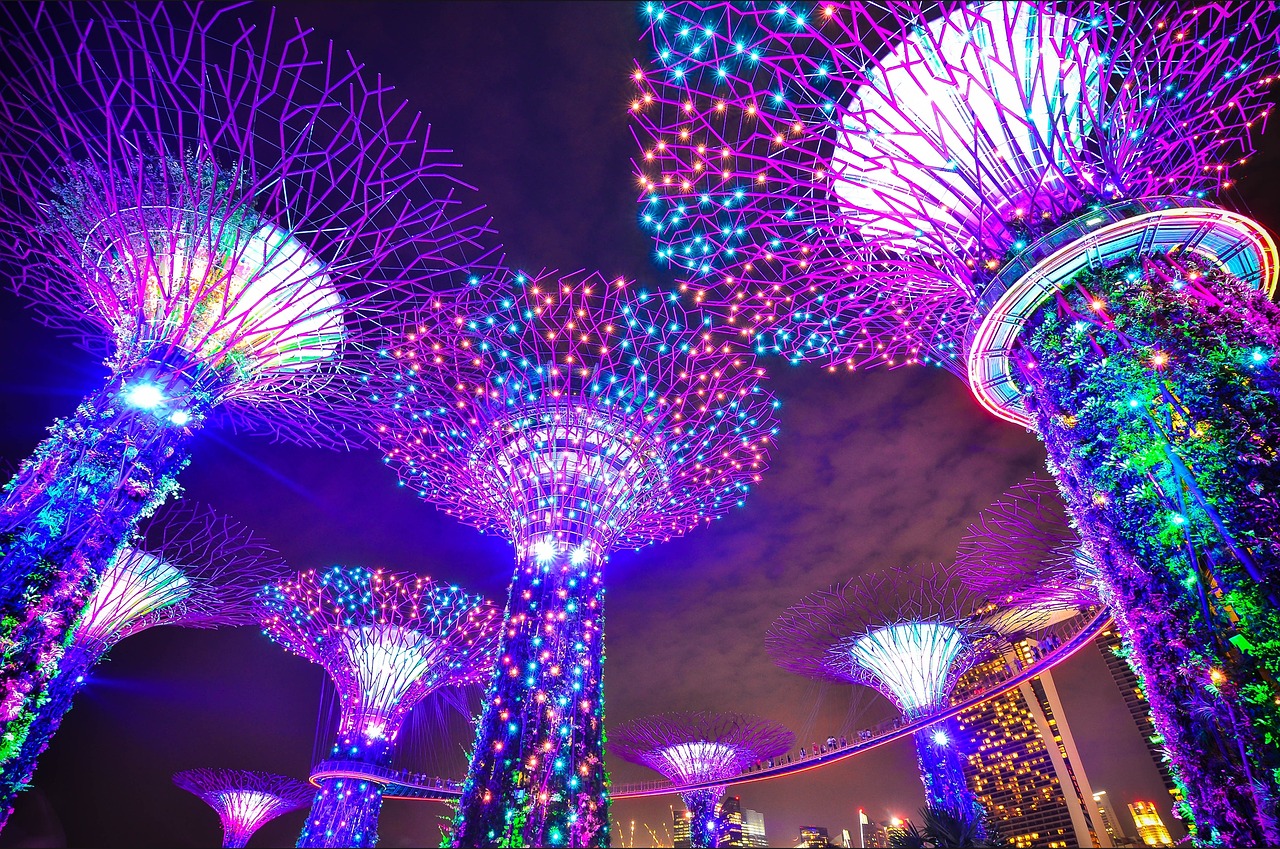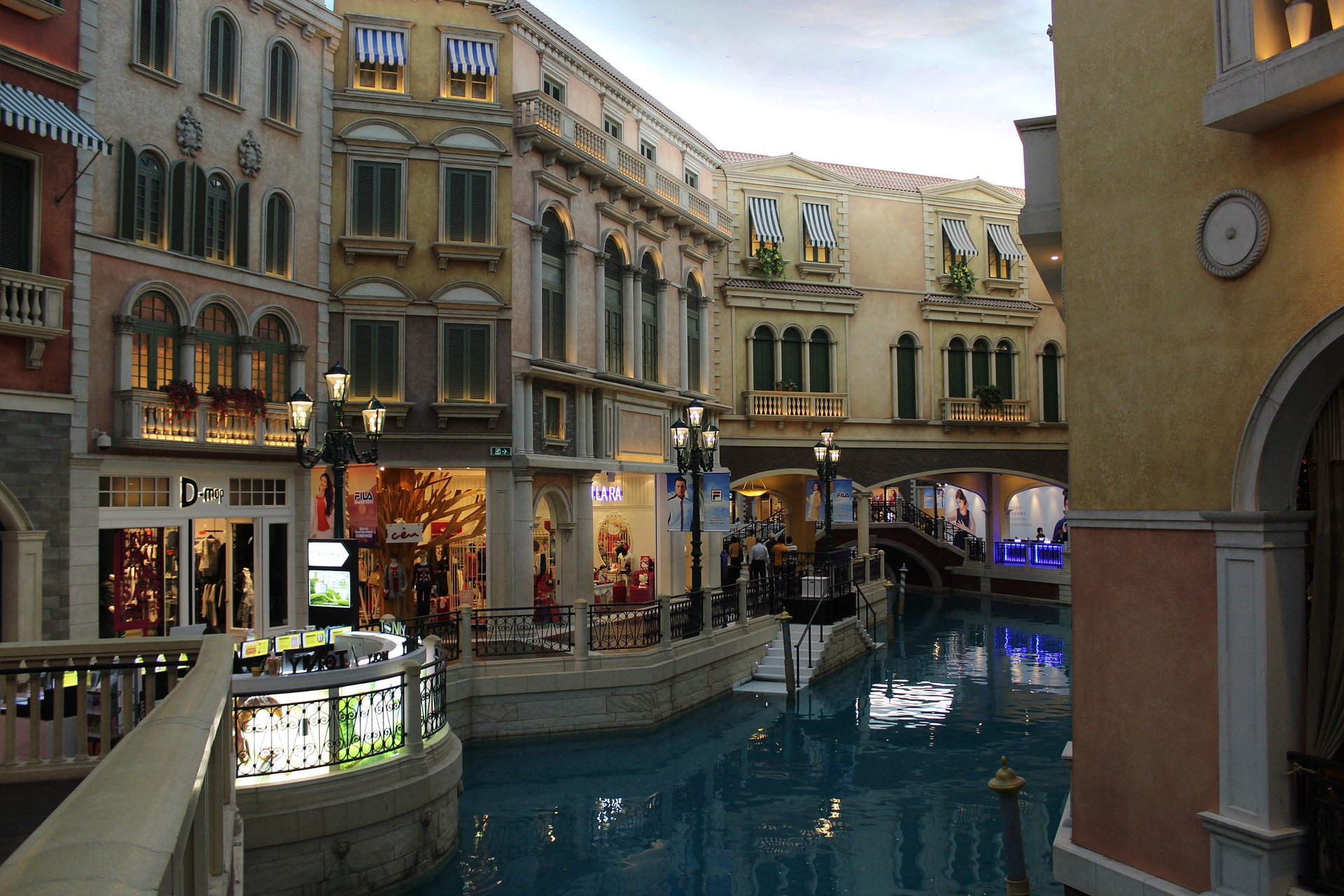Southeast Asia, a region known for its rich culture, stunning landscapes, and warm hospitality, is home to some of the most exciting cities in the world. From bustling metropolises to serene coastal towns, Southeast Asia has something to offer every type of traveler.
If you’re planning your next adventure, you won’t want to miss these vibrant cities that make Southeast Asia a traveler’s paradise.
You can check out our other roundup for The Top 15 Affordable Places To Go If You’re Young, Broke, And Want To Travel The World.
Manila
The cosmopolitan capital of the Philippines offers a blend of cultures, a good supply of historic sites, and unforgettable experiences. Manila is situated on the east coast of Luzon, the most northerly developed island. Its major tourist attraction is the old Spanish walled city Intramuros, which contains historic buildings and ruins.
Modern Manila is a morass of traffic and people, an industrial metropolis that grew from the ashes of war when, in 1945, the United States forces fought to recapture it from Japanese occupation. It is also a city of theaters, libraries, and museums. The metropolis’s neighborhoods vary from wide avenues full of palatial homes to squatter camps where the poorest of the poor scratch out a living.
Visitors to the Philippines cannot avoid using Manila as a starting point for exploring the other provinces and islands because most charter flights to the outlying islands leave the city’s airport.If you have a long layover or early morning flight, there are plenty of hotels near Manila Airport to choose from.
No visitor should miss the famous Manila Bay sunset: a light show created out of the high humidity conditions coupled with the effects of clouds over the city’s harbor. Another plus for a holiday in Manila is that the city is as lively at night as it is during the day.
Bangkok
Thailand’s capital is divided by the Chao Phraya River and is nestled in one of the world’s most fertile rice-producing deltas. Despite pollution and overcrowding, Bangkok is undoubtedly one of Asia’s most exciting cities and one of the world’s largest.
Khao San Road is one of the city’s most vibrant streets, probably one of the best examples of a backpacker’s “ghetto.” Day and night, the short stretch of road is abuzz with activity. On the banks of the Chao Phraya, visitors will find the Grand Palace and Wat Phra Kaew, the palace temple housing the Emerald Buddha, constructed entirely from translucent green jade. The exquisitely ornamented Royal Barges are slightly upriver, still used today for special floating processions.
Of the 30 or so temples in Bangkok, the largest is the Temple of the Reclining Buddha, which houses an impressive deity statue. The famous Floating Market is a delight to visitors and well worth a visit.
As the sun sets, this city comes alive with a palpable decadence. Music and dazzling neon advertise trendy bars and nightclubs, as well as the notorious “girlie joints” that have ensured the Patpong district its hedonistic reputation.
Hong Kong
The challenge of a holiday in Hong Kong is to have enough time to fit in all the aspects of this exciting city of contrasts. There are some things not to be missed during a Hong Kong holiday, and these include the food, shopping, cruise to the outlying islands, and spending some quiet time in the natural setting of a peaceful park. There is no other place quite like Hong Kong, which is reason enough for anyone to travel there.
If you’re located in Los Angeles, and you have a preference for non-stop flights to Hong Kong, you might want to check DirectFlights, which provides a list of direct flight options from LAX to HKG.
Hong Kong offers a dense concentration of shops and shopping malls with a cross-pollinated cosmopolitan culture that embraces Nepalese and British cuisines with equal enthusiasm. It is the perfect gateway for Southeast Asia and China travelers, providing a smooth transition from west to east. As one of the key economies of the Pacific Rim, Hong Kong showcases a gleaming landscape of skyscrapers and boasts a highly developed transport infrastructure that makes commuting around it a dream.
Hong Kong has four sections: Kowloon, Hong Kong Island, the New Territories, and the Outlying Islands. Kowloon and the New Territories form part of the Chinese mainland to the north of Victoria Harbour. Hong Kong Island, containing the central business hub, lies on the south of the harbor facing Kowloon.
Singapore
Singapore is a modern city-state embracing economic progress against the backdrop of age-old traditions. Located at the southern tip of Malaysia, the two countries are linked by a causeway.
Since becoming a republic in 1965, the island has experienced increased prosperity and exponential economic growth. Shimmering skyscrapers tower above the slick financial districts, and elegant colonial buildings preserve a lingering old-world charm.
Singapore’s full calendar of events showcases a spectrum of cultural celebrations and shopping activities. The early summer months bustle in anticipation of the Singapore Sale – a time when tourists can cash in on the competitive prices of electronic equipment, jewelry, and other merchandise.
The core of downtown Singapore is formed by the Colonial District, embellished by cathedrals and cricket lawns. The notable sites of the area include the Empress Place Building and the luxurious Raffles Hotel. Although most of old Singapore has been demolished to make way for the modern city, many major landmarks within the Colonial district have been preserved.
Macau
Macau is a city of two faces. On the one hand, the fortresses, churches, and food of its former colonial master, Portugal, speak to a uniquely Mediterranean style on the Chinese coast. On the other, Macau is the self-styled Las Vegas of the East.
During the past few years, sleepy little Macau has experienced a boom usually associated with cities like Shanghai. But rather than skyscrapers and office towers, the construction here is all about Vegas-style mega-casinos and hotels. The reason, of course, is that casinos are legal in Macau, while in China and nearby Hong Kong, they are not.
There is, however, much more to Macau than gambling. The peninsula and the islands of Coloane and Taipa constitute a colorful palette of pastels and ordered greenery. The Portuguese influence is everywhere: cobbled back streets, baroque churches, stone fortresses, Art Deco buildings, and restful parks and gardens. It is a unique fusion of East and West that has been recognized by UNESCO, which in 2005 named 30 buildings and squares collectively as the Historic Center of Macau World Heritage Site. While about 95% of Macau residents are Chinese, the remainder comprises Portuguese and Macanese (people with mixed Portuguese, Chinese or African blood). It is this fusion of the Mediterranean and Asian peoples, lifestyles, temperaments, and food that makes Macau so much fun.

